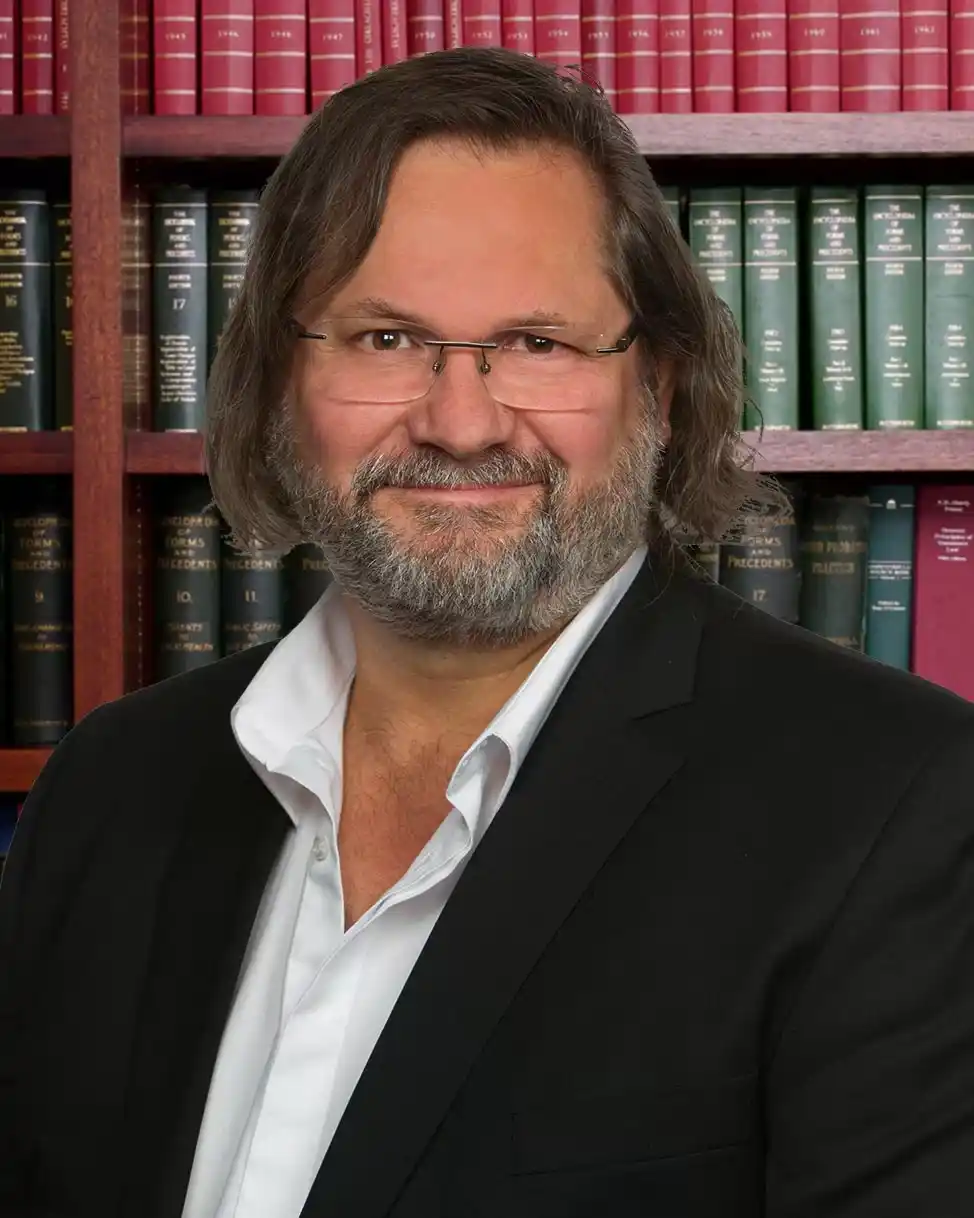In Aesop’s fable of “The Frog and the Scorpion,” a scorpion convinces a frog to carry it across a river, promising not to harm the frog[1]. However, halfway through the journey, the scorpion stings the frog, realising they will both perish, the frog asks why. The scorpion replies that “it is in my nature”. Even if it made no sense to sting the frog and doom them both to death, the scorpion must simply do what scorpion’s do.
This timeless tale holds a valuable lesson: even in situations where the outcome should be obvious, it is important to remain vigilant and aware of the potential dangers. Often, the dangers are predictable and based on nothing more than a knowledge of the players or situation.
Trust
Humans are inherently social beings, and trust forms the foundation of our interactions with each other. We trust friends, we trust our family, and we trust strangers to varying degrees.
Trust fosters empathy, and collaboration. It enables us to progress in our personal and professional lives. However, blind trust can leave us vulnerable to the scorpions that appear when we least expect it, or perhaps, should expect it.
The Scorpion’s Guise
Scorpions in human form may display charm, charisma, and an enticing allure. They often exploit trust to achieve their own goals or manipulate others for personal gain. Their true intentions may lie hidden behind a façade of warmth and friendship. It is precisely this deceptive nature that demands our constant vigilance.
Recognise Red Flags
To be aware of potential scorpions, we must learn to recognise warning signs. These red flags may include a lack of transparency, consistent dishonesty, manipulative behaviour, or a disregard for the well-being of others. By paying attention to these indicators, we can protect ourselves and make informed decisions about who to trust.
Maintaining Healthy Scepticism
Maintaining a healthy level of scepticism does not mean living in a perpetual state of suspicion or paranoia. Rather, it involves combining trust with critical thinking. It means asking questions, seeking evidence, and exercising caution when situations or individuals seem too good to be true. It’s about striking a balance between trust and scepticism to ensure our safety and well-being.
The Power of Intuition
In addition to employing logic and reasoning, we should also trust our intuition. Often, our gut feelings can sense when something is amiss, even when we lack concrete evidence. Intuition acts as a valuable guide, prompting us to investigate further or reassess our trust. Ignoring these instincts can lead to unfortunate consequences.
Learning from the Frog
Like the frog in the fable, we may find ourselves stung by the scorpions of this world. However, the frog’s experience teaches us an essential lesson: wisdom is born from the scars of our past encounters. Each encounter with a scorpion can enhance our discernment, enabling us to identify potential threats more efficiently in the future.
Conclusion
In a world built on trust, it is imperative to remain aware of the scorpions that may cross our paths. While trust is a virtue, we should not let it blind us to potential dangers. By recognizing the red flags, maintaining healthy scepticism, listening to our intuition, and learning from our experiences, we can navigate the waters of trust more effectively. With our vigilance intact, we can protect ourselves, foster genuine connections, and create a safer, more trustworthy world.
[1] Aesop, Aesops Fables. Historians doubt whether a Greek storyteller named Aesop ever lived, however, there’s a number of fables attributed to him. Scholars believe that he was a figure invented by ancient storytellers for the purpose of telling fables, and if real, he’s presumed to be born around 600 B.C. Aesop Fables use animals to tell simple morals, such as the value of hard work or the danger in believing flattery. Although children today read these in simple storybook collections, the fables of Aesop concern the moralistic nature of man and pack some powerful lessons in a few sentences.
Dr Schultz spent 22 years working in psychiatry and then went on to qualify as a lawyer. He has spent 34 years helping people solve problems and the unique combination of medicine, psychiatry, law and mediation provides a unique academic and practical approach to life's challenges.
-
Dr Neil Schultzhttps://www.schward.consulting/author/drneiljschultz1963/
-
Dr Neil Schultzhttps://www.schward.consulting/author/drneiljschultz1963/
-
Dr Neil Schultzhttps://www.schward.consulting/author/drneiljschultz1963/
-
Dr Neil Schultzhttps://www.schward.consulting/author/drneiljschultz1963/








